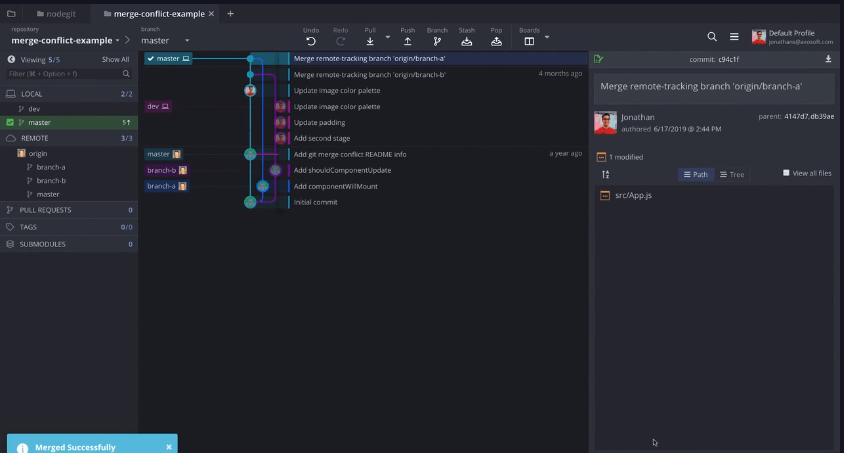
You can then connect this remote repository to your local Git repository with the following command: $ git remote add origin Then, on the project's main page, you can use the green "Code" button to reveal the repository's remote URL and copy it to your clipboard: Right on the "Dashboard" view, you can see a button to create a new repository: If you're working with Git on the Command Line, you'll have to open the interface in your browser.
#Get git bash on mac how to
Now, you are ready to push your code to GitHub! How to Push to GitHubīefore you can upload your code to GitHub, you need to create a remote repository in your GitHub account. You can then add all files to the Staging Area and make your first commit: In case you're using a desktop GUI like the Tower Git client, the process is very easy: you can simply drag your project's base folder into Tower and have it create the Git repository for you. $ git commit -m "Initial commit" Using Git in a Desktop GUI There, you can create a new Git repository: $ cd projects/my-projectĪs a first step, you can add all of your current files to the repository and then bundle these in a commit: $ git add.



Open the command line ("Terminal" on the Mac, "Git Bash" on Windows) and change into your project's base directory. (If you already have this, skip to the next section below titled "How to Push to GitHub".) Using Git on the Command Line First, you need to have a local repository for your actual project code.


 0 kommentar(er)
0 kommentar(er)
